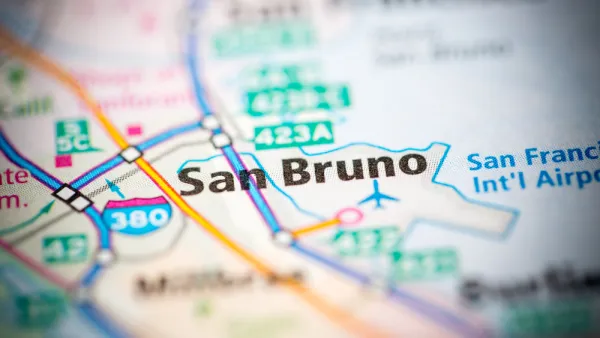Cultural changes and 'disruptions' created by the 'sharing' economy are challenging planners just as they're challenging their own competitors. Bill Fulton assesses the brave new world that might liberate planners—or befuddle them.
"Planners, for the most part, write and implement regulations that seek to plan for and control land uses. They do so for a variety of well-established reasons – ensuring that public health and safety are protected, but also helping to stimulate, shape, and channel the supply of built space so that the interests of a given community are balanced against the demands of the marketplace."
"But how can you possibly plan for and control land uses when every bedroom is a hotel room, and every dining room is a restaurant, and every coffee shop is an office, and conversely every office is a potential living room or dining room or bedroom?"
"The needs for parks, libraries, schools, and lots of other public facilities is all based on formulas tied to land uses. Residential densities determine the number of housing units (based on formulas tied to land use), which in turn determines the need for all these facilities (based on formulas that assume household size and composition), which in turn determines the need for both public investment and impact fees."
"In a certain way, this is pretty liberating for planners – kind of an extension of the form-based code movement, which focuses more on urban design than on the specific uses contained within buildings. Instead of micro-managing private development through regulation, California’s planners could rediscover the kind of planning that originated with Daniel Burnham and the Olmsteads: Focusing on created a beautiful and well-functioning public realm, around which the developers can build private projects that respond to the market."
FULL STORY: The Tech Housing Crunch’s Fracking Dilemma

Analysis: Cybertruck Fatality Rate Far Exceeds That of Ford Pinto
The Tesla Cybertruck was recalled seven times last year.

National Parks Layoffs Will Cause Communities to Lose Billions
Thousands of essential park workers were laid off this week, just before the busy spring break season.

Retro-silient?: America’s First “Eco-burb,” The Woodlands Turns 50
A master-planned community north of Houston offers lessons on green infrastructure and resilient design, but falls short of its founder’s lofty affordability and walkability goals.

Test News Post 1
This is a summary

Analysis: Cybertruck Fatality Rate Far Exceeds That of Ford Pinto
The Tesla Cybertruck was recalled seven times last year.

Test News Headline 46
Test for the image on the front page.
Urban Design for Planners 1: Software Tools
This six-course series explores essential urban design concepts using open source software and equips planners with the tools they need to participate fully in the urban design process.
Planning for Universal Design
Learn the tools for implementing Universal Design in planning regulations.
EMC Planning Group, Inc.
Planetizen
Planetizen
Mpact (formerly Rail~Volution)
Great Falls Development Authority, Inc.
HUDs Office of Policy Development and Research
NYU Wagner Graduate School of Public Service




























